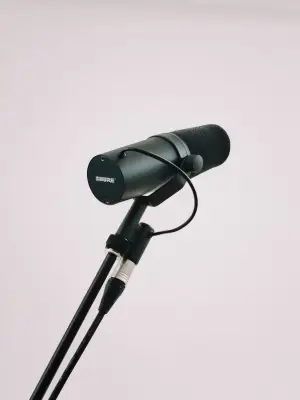
Language accessibility in live performances
Accessibility is key in the music industry just like it is in any other domain - it is essential to be inclusive and welcome your audience with equal access to your content. Some of the below solutions are often little known or disregarded/underestimated by event organisers, while they can actually make those events accessible to people who otherwise wouldn’t have attended a show or wouldn’t have enjoyed it the same way.
Interlingual communication
Despite being unanimously considered as the "universal language”, English isn’t spoken fluently or even properly understood by most native speakers of other languages. Now, when you’re touring abroad, you want to be able to communicate efficiently not only with the staff that will welcome you at the venue or festival, but also with your foreign audience, to whom you want to introduce yourself and your songs, express your gratitude, or even give an important message - it goes way belong “simply” sharing your music live.
Afraid of an awkward silence after your speech or an unexpected reaction (cheering after you talked about some tragic story or polite applause after a witty joke) following your words addressed to a crowd that doesn’t speak your language? Avoid this situation by requesting interpreting or live subtitling during your tour abroad.
Interpreting
Bridging communication gaps during the performance and backstage
Live interpreting during the show
Whether on stage with the artists or off-stage via amplified sonorisation or more discrete wireless devices (in-ears, headphones, phone speakers via an app…), simultaneous interpreting allows the artists’ speech to be understood by all in the audience and helps to create a stronger connection between the both.
Backstage
The organisation, use of the venue/festival’s facilities or stage set-up definitely need clear communication between the touring team and the local staff. Not only does it ensure clear and smooth communication, that can save a lot of time, but it also prevents issues coming from or worse by misunderstanding.
Un unexpected contribution of an interpreter (although not professional here) on stage:
People in the audience had just been throwing objects at the stage and Axl Rose interrupted the concert to address the audience via a (voluntary?) interpreter. Some online comments question the faithfulness of her interpretation as she much softened Axl’s words, using a more educated register and tone and somehow censoring his informal speech as well as his hot-headed intonations. However, she did a rather good job conveying the right information in a concise way. A second extract is available in this video. Axl Rose would actually need another interpreter on stage in Argentina again a few years later (watch the video here).
Live subtitling
A new option made possible by technological progress
While the participation of an interpreter could have the disadvantages of slowing down and breaking the natural rhythm of the show by repeating the artists’ speech (consecutive interpreting) or overlaying the artists’ speech for people who speak the original language (simultaneous interpreting), subtitling keeps the original speech and let people read the translation below or on the side (similar to surtitling for the opera).
The limits to this new option are that it’s direct, hence very fast for the subtitler to write (or correct AI generated transcription) at the speech’s speed, causing latency, and that the time needed to read is superior to the time needed to hear the same words, meaning, once again, that there will be more latency or words selection.
Intralingual communication
Interlanguage communication isn’t the only barrier to comprehensive accessibility during your concert, though. Live subtitling and interpreting, already mentioned above in the context of translation, can also be done for the deaf and hearing impaired, who can follow what’s going on during the show thanks for this precious information: what the artists say (introductions, speeches, even jokes!) and what they sing (lyrics) can be projected or shared on an app for example in the form of SDH (subtitles for the deaf and hearing impaired) or sign language interpreting. Why not consider showing the scores as well! That’s the translation of music into a written language after all, and it gives visual support to people even if they don’t know how to read scores (with the notes and other musical indications hovering as the music goes). There’s still room for development, with the help of advanced technology today.
In the UK, British Sign Language (BSL) is already well implemented in various venues, festivals and other live events thanks to the accessibility organisation Attitude is Everything. If you're an event organiser, you can reach out to them to implement more accessibility in your events and even get trained to properly welcome people with specific needs.
Audio description
The extra service that takes the experience to another level for blind and visually impaired people
If you’re looking for a native French translator specialising in live audio description, you can contact Julia Ramos. With her extended experience, she describes the atmosphere, actions and emotions of the artists playing on stage while letting the listener enjoy the live music.
Le coin lecture
Pour en savoir plus sur les langues (et sujets dérivés)
Quelques articles sur des sujets linguistiques, littéraires ou sociaux, venez jeter un œil !

Translation theories and thoughts
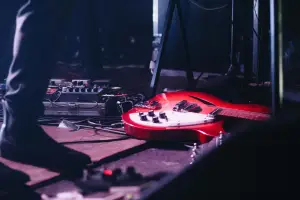
Votre fiche technique parfaite
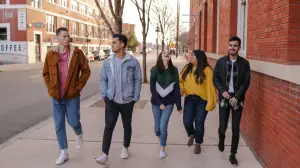
Sociolinguistics: key concepts

Apprendre une nouvelle langue

Les ratés de la traduction
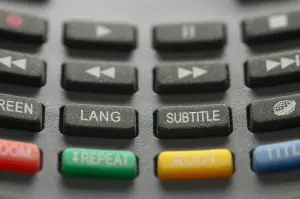
Le sous-titrage : utilité(s) et normes

English in Ireland: Irish English
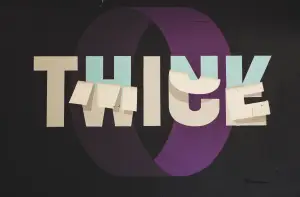
Localisation

Le langage tabou

Youth Language
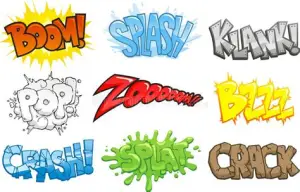
Onomatopeias across the world
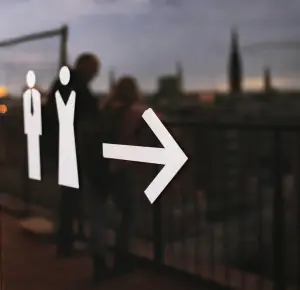
Language and gender

The meme corner - Music

The meme corner - Food around the world
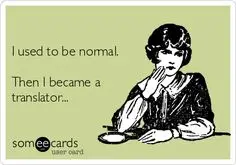
The meme corner - Being a translator/interpreter
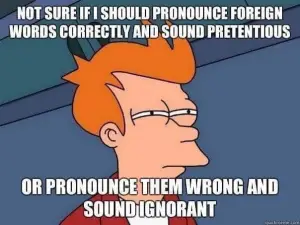
The meme corner - Linguistics
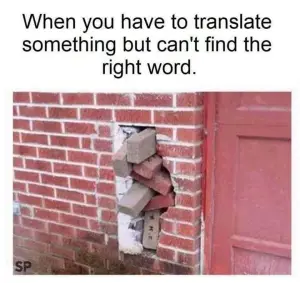
The meme corner - Translation

Quand la comédie parodie l'interprétation

Manipulating words and reality in politics

L'attrition langagière
